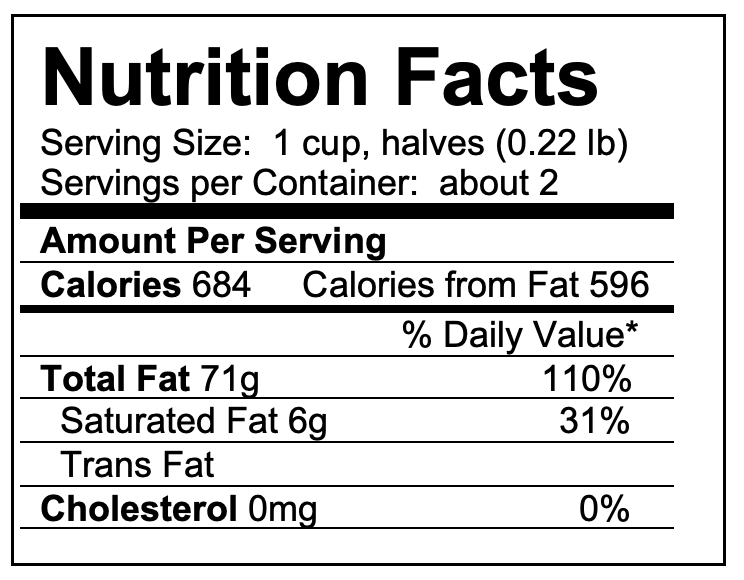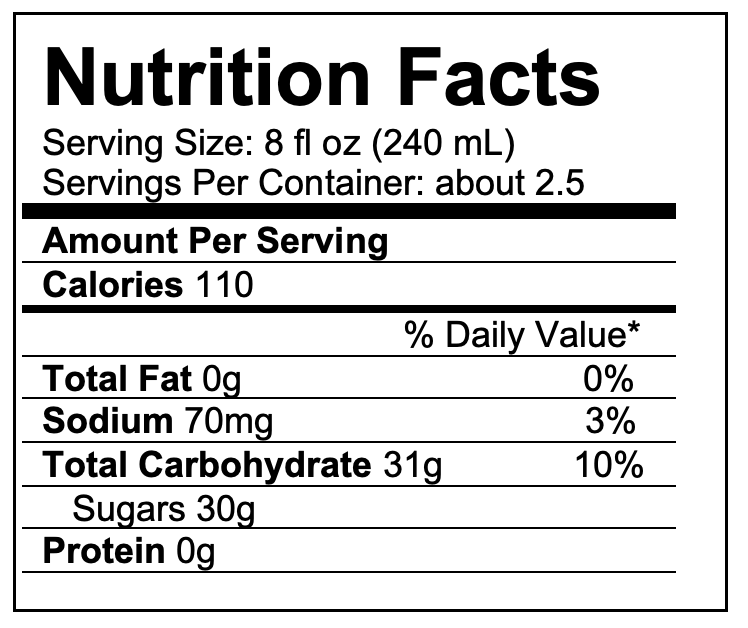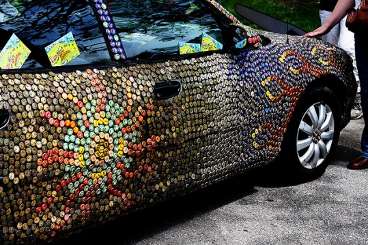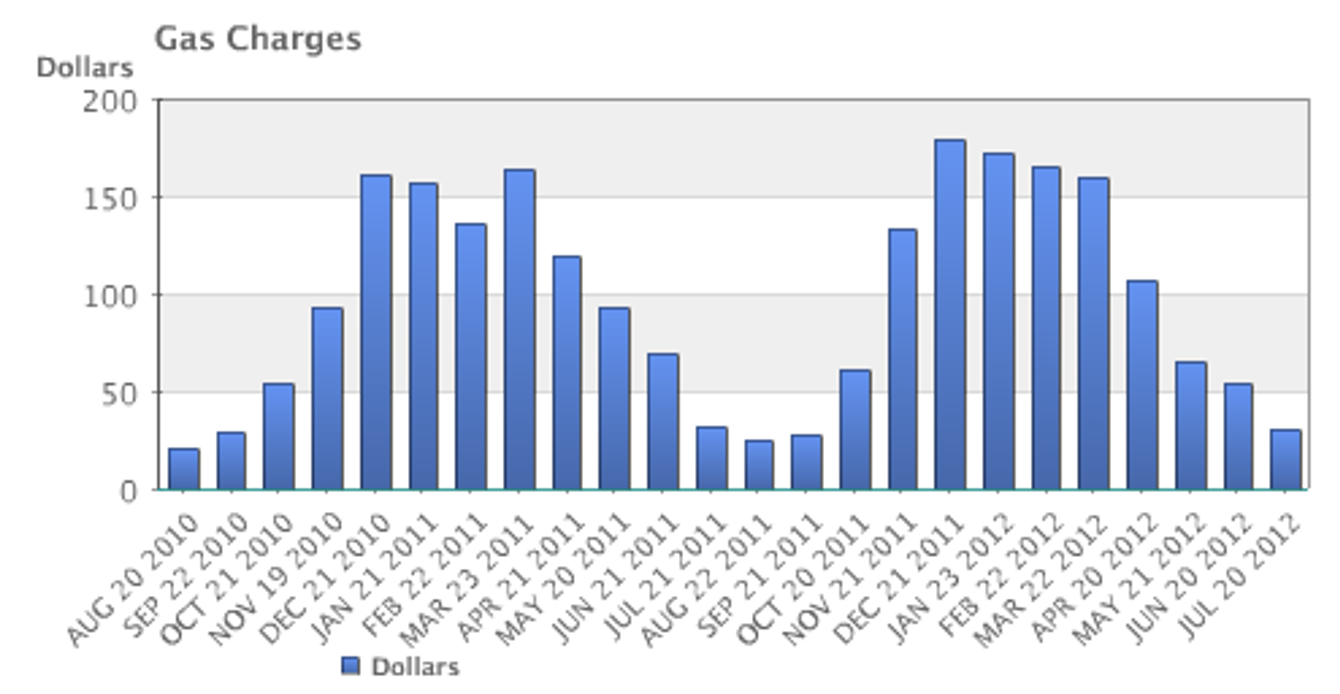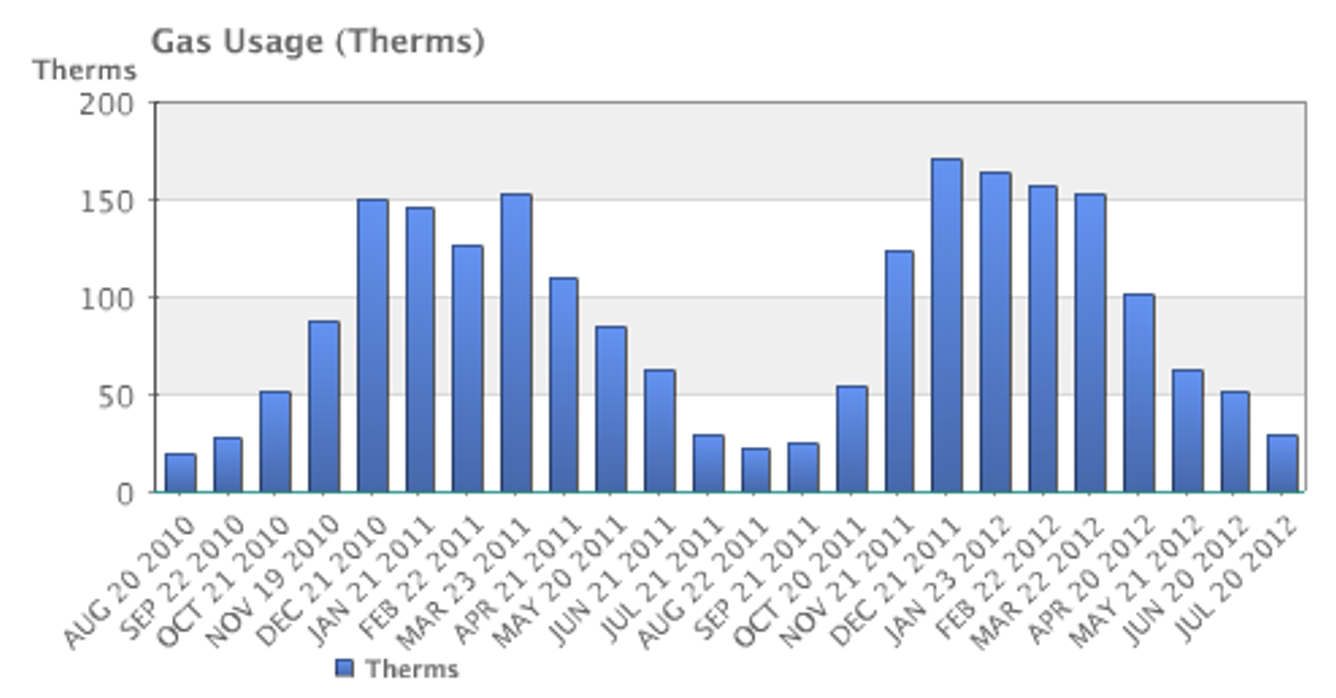Step 1: We want to find out how much dough is needed in total and how to scale the recipe. For this context we need to consider how the weight of the dough will scale. The weight is based on the volume of the dough, but the size is based on just the top or bottom of the pizza. Since this is your favorite dough, we assume the thickness of the crust should be the same.
Step 2: To estimate a reasonable answer we will switch to pounds because we have more number sense with pounds.
\begin{equation*}
20\,\cancel{\mathrm{ ounces}}\cdot\frac{1\text{ pound}}{16\,\cancel{\mathrm{ ounces}}}=1.25\text{ pounds}
\end{equation*}
Twenty ounces is 1.25 pounds, so with three times as many pizzas that are larger in diameter, we will estimate around 4-6 pounds of pizza dough. Converting back, we multiply by 16 and that would be 64 to 96 ounces.
Step 3: We will try finding the area of each size pizza and see if that helps us scale the recipe.
Step 4: The formula for the area of a circle uses the radius, so we need to divide each diameter by 2 to get the radius. Using the formula for the area of a circle we have
\begin{equation*}
\text{Area of a 12-inch pizza }=\pi(6)^2\approx 113\text{ inches}^2
\end{equation*}
\begin{equation*}
\text{Area of a 16-inch pizza }=\pi(8)^2\approx 201\text{ inches}^2
\end{equation*}
Since the pizzas will have the same thickness, we can scale based on the areas and divide to get the scaling factor.
\begin{equation*}
\frac{201\,\cancel{\mathrm{ inches}^2}}{113\,\cancel{\mathrm{ inches}^2}}= 1.78\text{ times}
\end{equation*}
The area of the larger pizza is 1.78 times the smaller pizza and we need three times as many pizzas, so we would scale the recipe by
\begin{equation*}
1.78\cdot3 = 5.34\text{ or about } 5 \frac{1}{3}\text{ times}
\end{equation*}
Then to find out how much dough that will make, we need to multiply that by 20 ounces.
\begin{equation*}
5 \frac{1}{3}(20\text{ ounces})\approx 106.67 \text{ ounces}
\end{equation*}
Step 5: We got a scale factor of 5 1⁄3 times for our recipe which would make 106.67 ounces of dough. This is a little higher than our estimate, but we didn’t take into account that we are scaling the length and width of a pizza, so our answer seems reasonable.
To verify our solution by using another method, we can set up a proportion to scale the dough. For the original recipe for 2 pizzas we have
\begin{align*}
\frac{x\text{ ounces}}{201\text{ inches}^2}\amp=\frac{20\text{ ounces}}{113\text{ inches}^2}\\
\cancel{\highlight{201\,\mathrm{ inches}^2}}\cdot\frac{x\text{ ounces}}{\cancel{201\,\mathrm{ inches}^2}}\amp=\highlight{201\text{ inches}^2}\cdot\frac{20\text{ ounces}}{113\text{ inches}^2}\\
x\amp=\frac{201\,\cancel{\mathrm{ inches}^2}\cdot{20\text{ ounces}}}{113\,\cancel{\mathrm{ inches}^2}}\\
\amp\approx35.575\text{ ounces}
\end{align*}
We need about 35.575 ounces of dough for two 16-inch pizzas. Now we multipy that by 3 to get the amount needed for six 16-inch pizzas.
\begin{equation*}
35.575(3)=106.73\text{ ounces}
\end{equation*}
This is very close to what we got for our first method. To scale the recipe we would use the ratio
\begin{equation*}
\frac{106.73\,\cancel{\mathrm{ ounces}}}{20\,\cancel{\mathrm{ ounces}}}\approx 5.34 \text{ times}
\end{equation*}
It is interesting to note that while the diameter is 1.33 times as large, the dough required, which scales with area, is \((1.33)^2\) = 1.78 times as large for each pizza.





